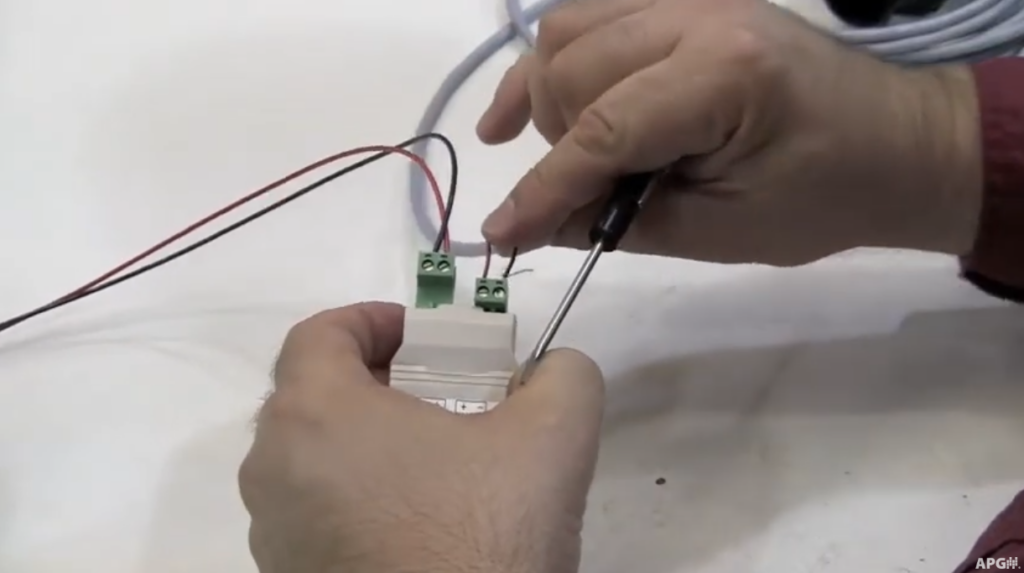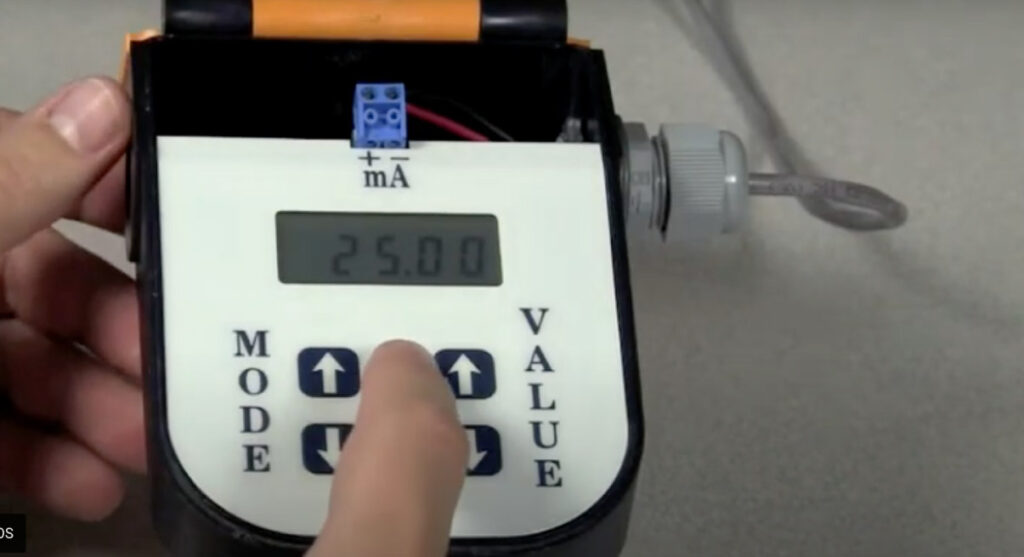This video shows you how to connect your IRU Ultrasonic Level Sensor for programming. Transcript: “Hi and welcome to APGTV. I’m Shaw Merrill and today we’re going to show you how to connect your IRU Ultrasonic Level Sensor for programming. To do this, you’ll need the RST-3001 programming module. Before we begin, make sure you’ve […]
We’re going to show you how to wire your LPU-2428 Ultrasonic Level Sensor to the RST-4001 programming module. Transcript: “Hi you’re watching APG TV. I’m Shaw Merrill and today we’re going to show you how to wire your LPU-2428 Ultrasonic Level Sensor to the RST-4001 programming module. Before we get started make sure you have […]
In this video, Shaw Merrill, our Inside Sales Manager, walks through the process of how to program the LPU-2127 Ultrasonic Level Sensor. Transcript: “Hi and welcome to APG TV. I’m Shaw Merrill, and today we are going to show you how to program the LPU-2127 Ultrasonic Level Sensor. All the programming for the LPU-2127 is […]
In this video, Regional Sales Manager Bryan Ritchey introduces the new MNU IS Modbus Ultrasonic Level Sensor at the APG booth at WEFTEC 2018. Transcript: Hi I’m Bob from APG and today we’re here at WEFTEC 2018 to talk to Bryan Ritchey about the new MNU IS Ultrasonic Level Sensor. Lets go. Bob: Hey there […]
This video shows you how to program your LPU-2428 Ultrasonic Level Sensor to measure volume using the LPU-2428 programming software. Transcript: You’re watching APG TV. I’m Shaw Merrill, and today we’re going to show you how to program your LPU-2428 Ultrasonic Level Sensor to measure volume using the LPU-2428 programming software. To begin programming the […]
In this video, you will get an overview of the data logging feature on the PG10 Digital Pressure Gauge, and will learn how to setup time stamp. Transcript: “Hi, you’re watching APGTV. I’m Shaw Merrill, and today we’re going to show you the data logging feature on the PG10 digital pressure gauge. The data logging […]
This video shows the process of wiring a Daisy Chain for Tank Cloud Sensors. Transcript: “A daisy chain is an effective way to reduce both installation and long-term data costs for remote tank level monitoring. This is done by limiting the wiring to a single cable run and by allowing you to network several sensors […]
This video introduces you to Tank Cloud Remote Monitoring. Transcript: “Tank Cloud lets you keep track of remote measurements such as tank levels, pressures, temperatures, and more. Simply put, Tank Cloud connects your remote tanks to the cloud. It all starts with our Tank Cloud sensors. We have two basic types. Our LOE master sensor […]
The water and wastewater industry provides many opportunities for liquid level measurement. Opportunities can turn into challenges, though, if the measurement technology chosen can’t meet the demands of the job. At Automation Products Group, Inc. (APG), we offer several sensor solutions for the water and wastewater applications. Our TRUE ECHO® PRL pulse radar level transmitter […]










